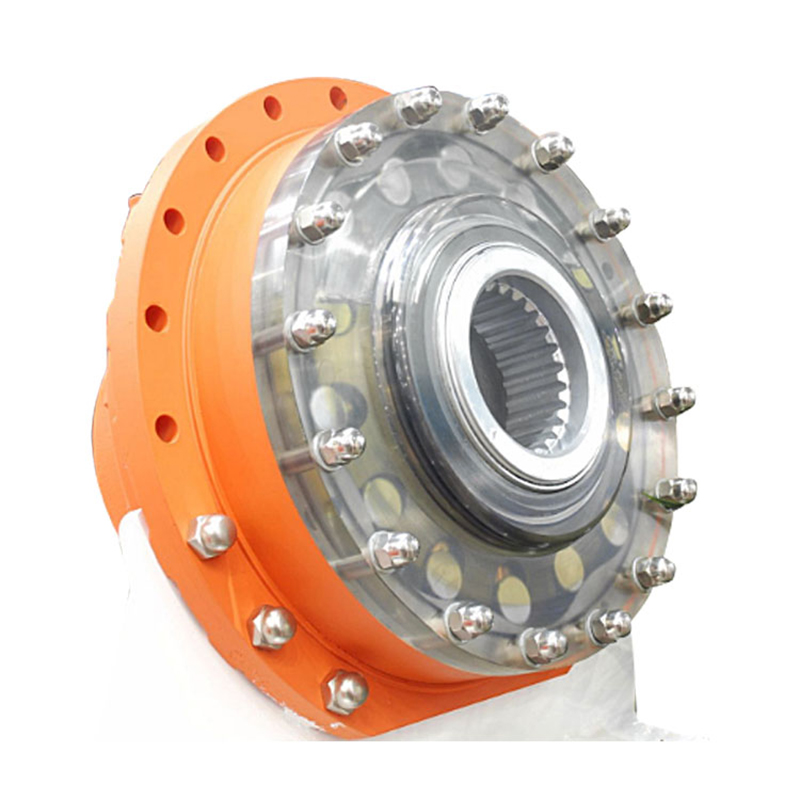1. Fault phenomenon: motor temperature is too high; Fault causes: 1) Overload operation, 2) Parts are damaged, especially A6V hydraulic motor Rotor stator; Troubleshooting: 1) Load according to the regulations, 2) Search the reason carefully and replace the damaged parts.
2. Fault phenomenon: excessive noise; Cause of failure: 1) Hydraulic transmission The system has gas, 2) overspeed operation, 3) parts are damaged; Troubleshooting: 1) eliminate the gas in the system software according to the common problems in operation, 2) adjust the motor speed ratio, 3) remove and replace the damaged parts.
3. Fault phenomenon: oil leakage at bearing end cover; Fault causes: 1) the seal ring is damaged and scratched, 2) the shaft is rusted due to dirt or water entering the transmission end, 3) excessive axial load, 4) excessive back pressure type; Troubleshooting: 1) remove and replace the seal ring, 2) remove the rust on the spline shaft, 3) the axial load shall not exceed the standard value, and 4) connect the leaking oil transmission pipe.
4. Fault phenomenon: oil leakage on both sides of motor stator; Fault causes: 1) "O" seal ring is damaged, 2) there is dirt or burr on the fusion surface, 3) the anchor bolt of the rear cover plate is too loose; Troubleshooting: 1) remove and replace the seal ring, 2) remove, clean, grind and polish, 3) tighten the anchor bolt.
5. Fault phenomenon: shaft does not rotate; Fault causes: 1) The equipment is stuck during operation, 2) What is the problem with the system software, 3) A large axial and radial load; Troubleshooting: 1) Check the equipment in work, 2) Check the system software, 3) Check the installation.
6. Fault phenomenon: insufficient torque; Cause of failure: 1) EPMZR cycloidal motor The temperature is too high or the oil viscosity is low, 2) the high efficiency of the motor is reduced due to the damage of the motor rotor or small coupling shaft; Troubleshooting: 1) Lift refrigeration, 2) Remove and replace damaged parts.


![]()

